The Downlink • Jun 17, 2022
Persevering through it all
Space Snapshot
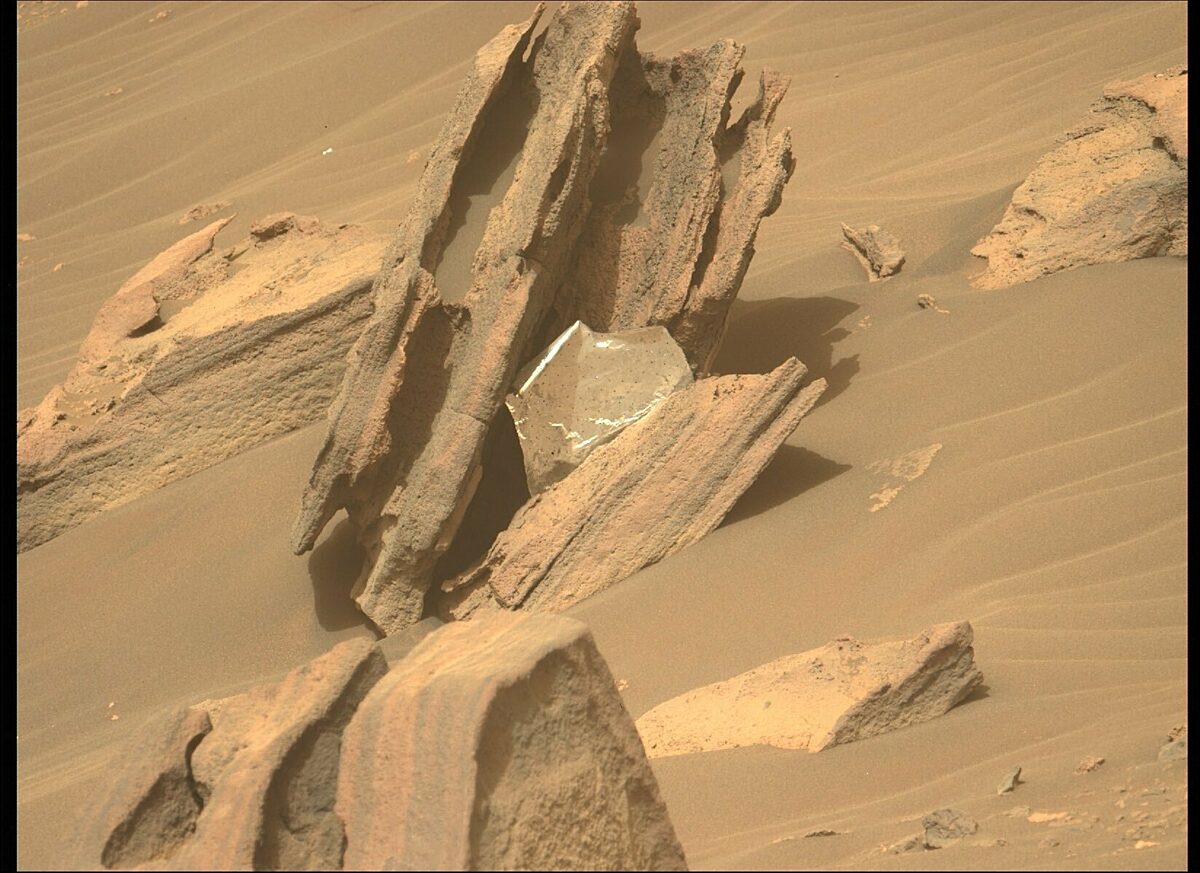
NASA’s Perseverance rover recently captured this image of a shiny object that appears alien to Mars. The mission team believes it’s a piece of thermal shielding that separated from the spacecraft’s rocket-powered, jet pack-style descent stage, which landed about two kilometers away. For a reminder of just how epic Perseverance’s descent to the Martian surface was, check out this video montage of the landing. Image credit: NASA/JPL-Caltech.
You love space, now take action
This weekly newsletter is your toolkit to learn more about space, share information with your friends and family, and take direct action to support exploration. Anyone can subscribe at planetary.org/connect to receive it as a weekly email.
Mission Briefings
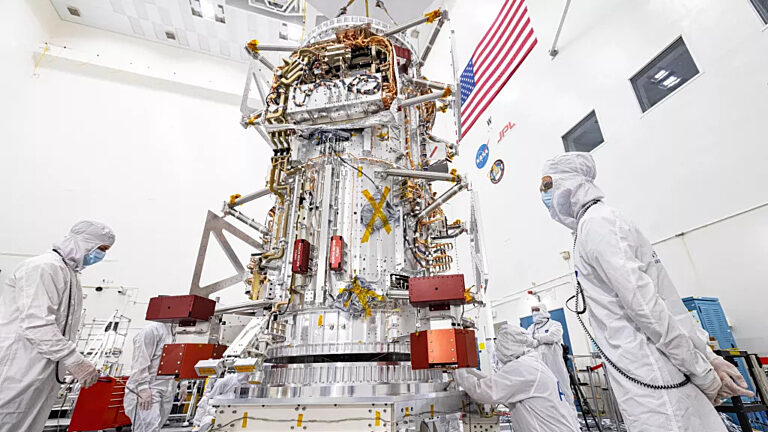

Europa Clipper is one step closer to launch. The NASA mission, which is due to launch in 2024, will perform nearly 50 flybys of Jupiter’s moon Europa, studying the icy moon and looking for plumes of liquid water shooting through the ice crust from the ocean thought to exist below. Europa Clipper is now ready to be assembled at NASA’s Jet Propulsion Laboratory. Pictured: Europa Clipper’s main body in the JPL clean room. Image credit: NASA/JPL-Caltech/Johns Hopkins APL/Ed Whitman.

JWST was struck by micrometeoroid but is still fully operational. NASA has confirmed that its new multi-billion-dollar space telescope sustained an impact to one of its primary mirror segments, an eventuality that was anticipated when building and testing the mirror on the ground. The telescope is still performing at a level that exceeds mission requirements, and the world can continue to look forward to the first science images, which will be released on July 12.

Mission engineers are still trying to deploy Lucy’s jammed solar array. The spacecraft, which launched in October 2021, has two circular solar arrays which are designed to take it farther from the Sun than any solar-powered mission has gone before. One of the arrays failed to completely deploy after launch, but the mission team hasn’t given up hope that their efforts to deploy it might work, and that the mission will still succeed regardless.
From The Planetary Society


Is it possible to maintain a space station forever? A project like the International Space Station takes multiple countries decades and billions of dollars to complete. With such a huge investment, you’d ideally want it to keep paying off indefinitely. But just like any machine, no matter how well you take care of it, eventually it will have enough problems that it’s not worth keeping it going. Our latest article explains exactly why the ISS can’t operate forever. Pictured: The ISS as seen from the space shuttle Endeavour in STS-134. Image credit: NASA.

Leading a space mission is no easy feat, nor is working the way up to that position. This week’s episode of Planetary Radio features a moving conversation with Psyche mission lead Lindy Elkins-Tanton about her memoir “A Portrait of the Scientist as a Young Woman,” which chronicles her journey through life and her career, and how she persevered through the many challenges that women face in STEM and in the world.
Action Alert: NEO Surveyor needs your help
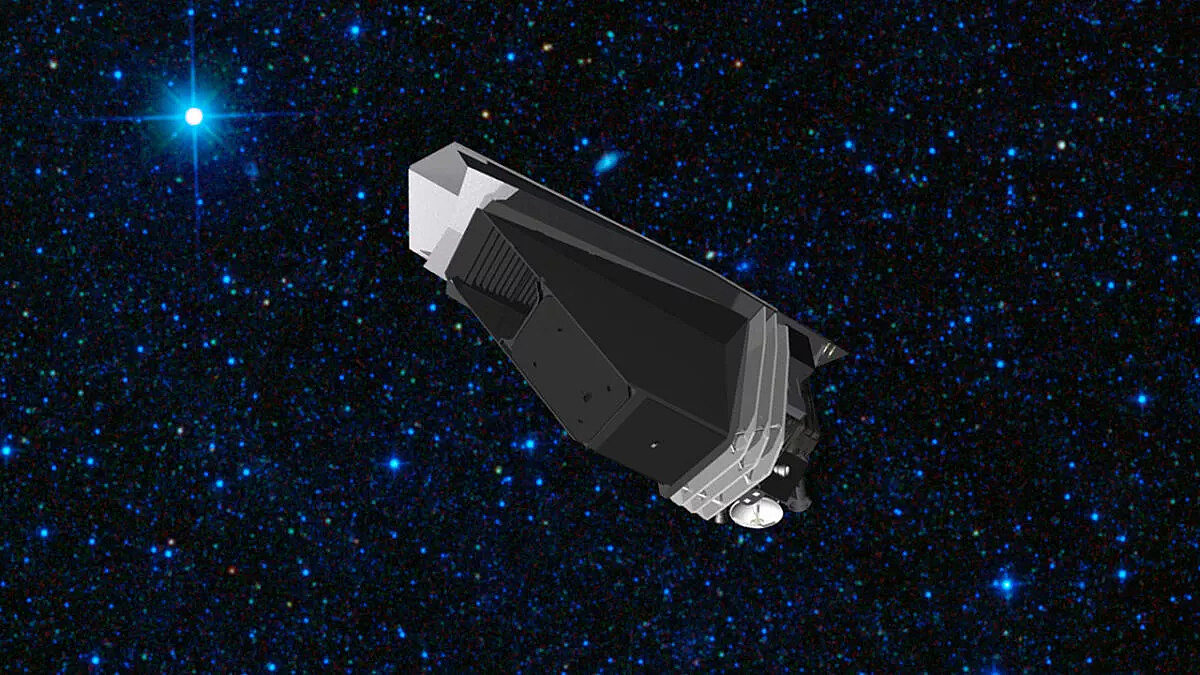
NASA’s asteroid-hunting space telescope NEO Surveyor is a critical mission that is still in development. Until recently the mission was meant to be ready for launch by the mid-2020s and would orbit between Earth and the Sun looking for near-Earth asteroids big enough to destroy a city. But NASA’s latest budget would cut $130 million from the mission, a reduction that would seriously delay and disrupt this essential planetary defense mission. The Planetary Society has issued a joint statement with the National Space Society urging Congress to reject these budget cuts. If you live in the United States, you can make a real difference in this advocacy effort by contacting Congress using this form, telling them that the NEO Surveyor mission has your support. Pictured: An artist’s impression of NEO Surveyor. Image credit: NASA/JPL-Caltech/The Planetary Society.
Do even more to support planetary defense
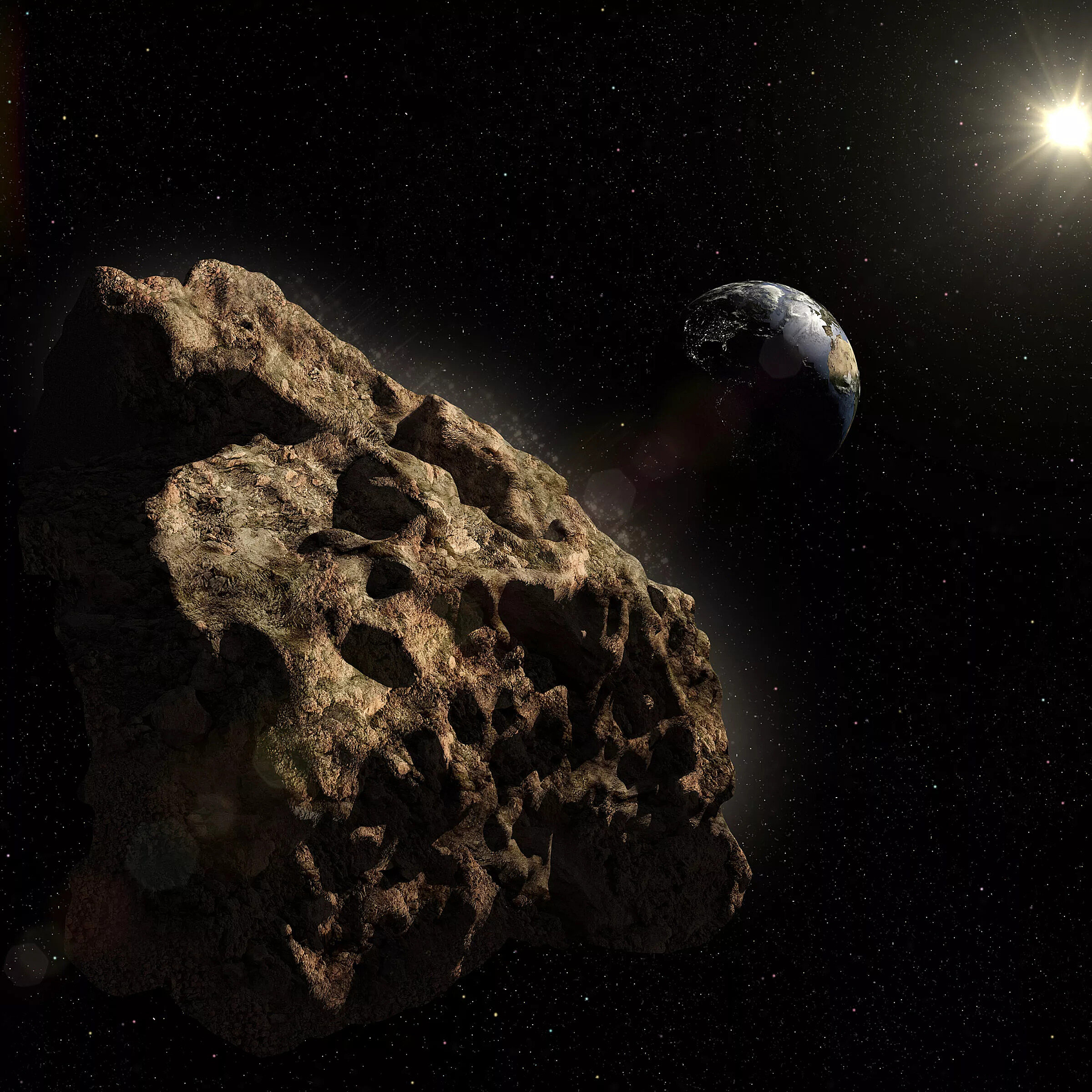
The Planetary Society works year-round to make sure humanity is prepared to defend our planet from an asteroid impact, and you can help us:
Invest in efforts to find, track, and characterize near-Earth asteroids and comets
Support and advocate for the development of asteroid mitigation technologies
Bring experts around the world together to collaborate and share their work
By donating today to our planetary defense program, you can do your part to help keep our planet safe from impacts.
What's Up

Look to the east in the predawn to find all five of the planets you can see with just your eyes. They’re lined up in their order from the Sun: Mercury lowest to the horizon followed by Venus, Mars, Jupiter, and Saturn highest up. Learn more about what to see in June’s night sky.
Wow of the Week
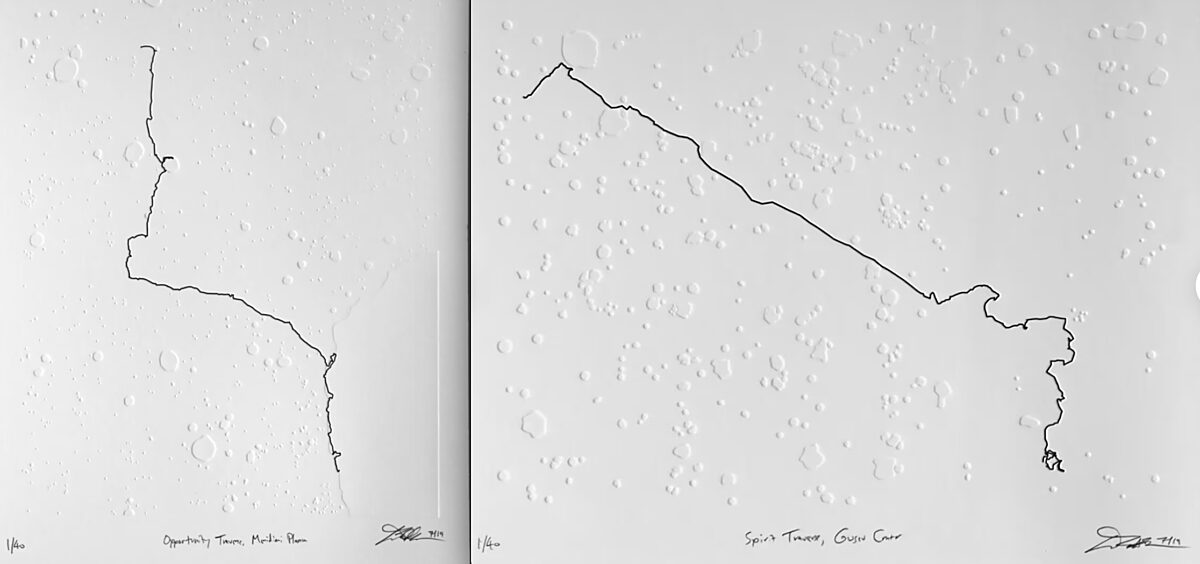
Artist and Planetary Society member Ted Ollier created these representations of the paths that NASA’s Mars Exploration Rovers Opportunity (left) and Spirit (right) took over the course of their missions on Mars. Both rovers overcame all kinds of obstacles (literal and figurative) to maximize their time on Mars, exceeding their planned 90-day mission lifetimes by many years. Image credit: Ted Ollier.
Send us your artwork!
We love to feature space artwork in the Downlink. If you create any kind of space-related art, we invite you to send it to us by replying to any Downlink email or writing to [email protected]. Please let us know in your email if you’re a Planetary Society member!


 Explore Worlds
Explore Worlds Find Life
Find Life Defend Earth
Defend Earth


